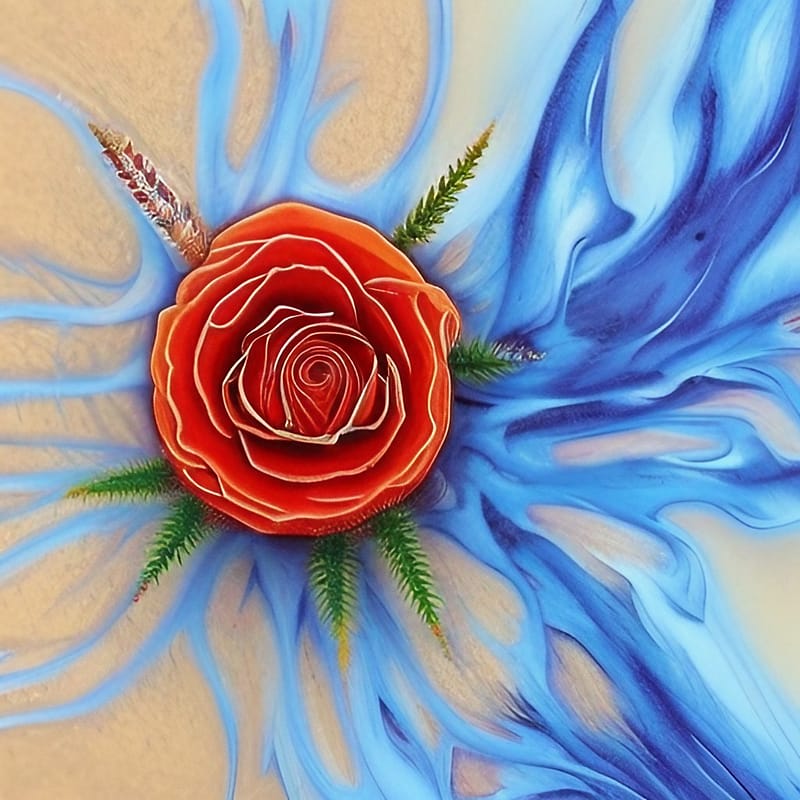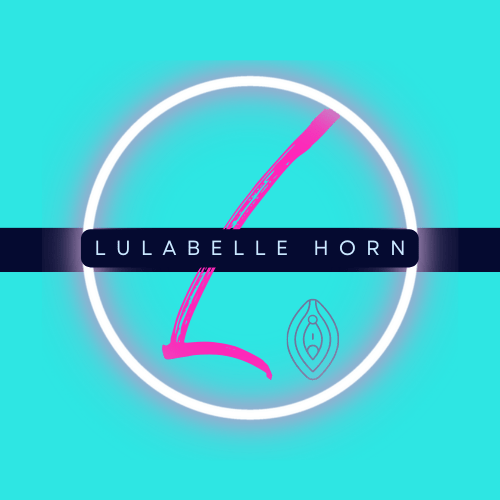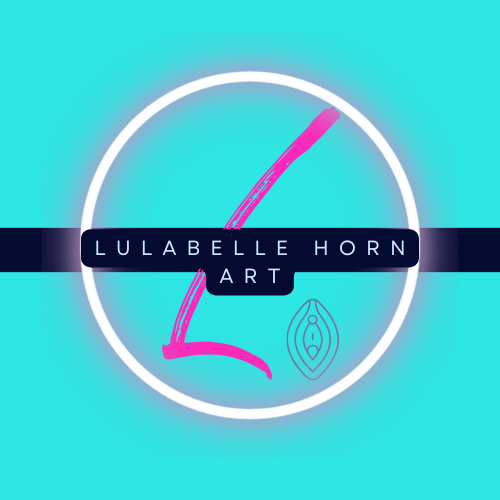The flower, as metaphor for femininity, has been a source of artistic inspiration for centuries. Throughout history, the flower has been associated with femininity, sexuality, and fertility. However, in recent years there has been a renewed interest in flower art, thanks in part to the rise of feminist art movement.


The History of Female Art
Female art can be traced back to prehistoric times. One of the most famous examples is the Venus of Willendorf, a small statuette dating back to around 25,000 BCE. This figurine, which was discovered in Austria in 1908, is believed to represent a pregnant woman. The Venus of Willendorf https://mymodernmet.com/the-venus-of-willendorf/ is significant not only for its age but also for its ample representation of the female form. The statue’s large breasts and hips emphasise her fertility, while her pronounced vulva is a clear indication of her sexual power.

Throughout history, the flower has been associated with femininity, sexuality, and fertility. In ancient Greece and Rome, for example, goddesses such as Aphrodite and Venus were often depicted holding, sprinkling, lying and even floating on blooms. In medieval Europe, meanwhile, images of the female form were restricted by religious practice, as they are in many parts of the world today and flowers were used to represent this hidden form. It wasn’t until the Renaissance that more naturalistic portrayals of women began to appear in art, but the flower remained a strong representation alongside them.
The Destruction of Vulva Art by the Patriarchy
In the Western world at least, the resurgence of the classical female nude, began to fall out of favour in the 18th century. This was due in part to the rise of neoclassicism and romanticism, two artistic movements that favoured more idealised visions of beauty. But it was also due to the increasing influence of Christianity and its puritanical values. As Christianity became more entrenched in Western society, so too did its negative attitudes towards sex and sexuality. This led to a gradual erosion of rights for women and culminated in the Victorian era’s notorious double standard when it came to sexual behaviour.

During this period, any hint of sexuality was considered taboo and deeply shameful. As a result, many works of art that featured nudity or suggestive imagery were censored or outright destroyed. This included many works that featured female anatomy; sculptures were chipped away or had their genitals painted over, while paintings were cut down or simply hidden away from public view. It wasn’t until the late 19th century that attitudes towards sex began to relax somewhat; even then though it would be many decades before the female form would once again be represented freely and openly in art.

The Re-Emergence of Feminist Flowers in Contemporary Art
It wasn’t until the 1960s that attitudes towards sex finally began to change on a widespread scale. This was thanks in large part to second-wave feminism which advocated for greater sexual freedom for women. As part of this movement, feminist artists began creating works that challenged traditional ideas about women’s roles in society. These artworks often featured imagery of flowers as a way to reclaim ownership over women’s bodies. Contemporary artists such as Judy Chicago and Georgia O’Keeffe have continued this tradition by creating works that celebrate feminine power. Feminist Flower art celebrates female mysticism and sexuality without shame or apology.


Finally….
Flower art has been around for centuries but it has had a recent revival as women began to explore and celebrate their femininity, thanks to the rise if feminist art . Today, contemporary artists are creating works that celebrate feminine power without shame or apology . If you’re looking for something different, why not add some Feminist Flower art to your collection like the one by Lulabelle Horn below.

